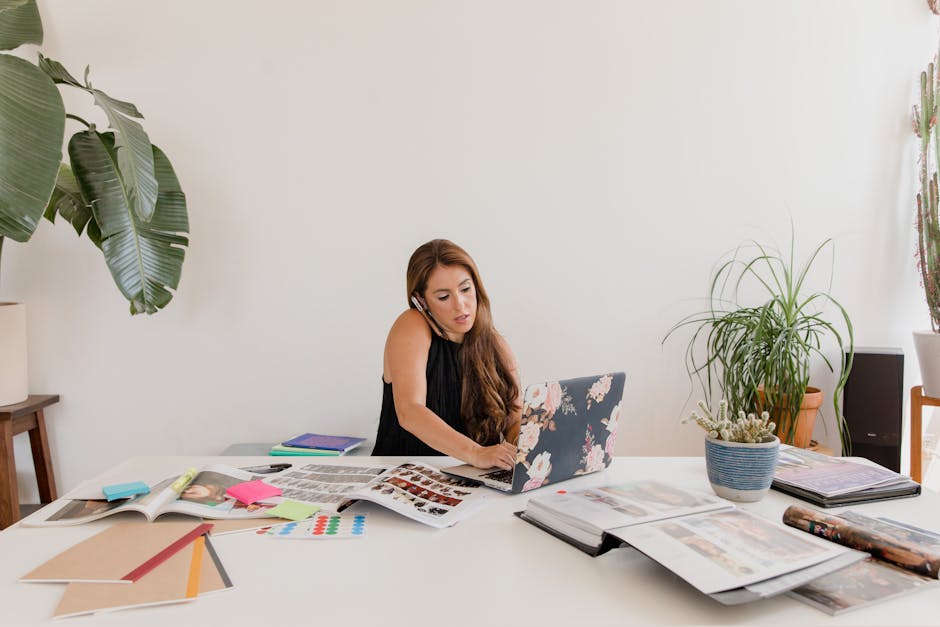Freelancing Tips for Artists and Designers: Your Guide to Thriving in the Gig Economy 🎨
Welcome to the vibrant world of freelancing! If you’re an artist or designer looking to carve out your niche in the gig economy, you’ve come to the right place. With the freedom to choose your projects and the flexibility to work from anywhere, freelancing can be a dream come true. But how do you ensure success in this competitive landscape? Let’s dive in!
Table of Contents
1. Build Your Portfolio
2. Network Like a Pro
3. Set Your Rates 💰
4. Manage Your Time Efficiently ⏰
5. Stay Motivated and Inspired
6. FAQs
Build Your Portfolio
Your portfolio is your business card. It’s the first thing potential clients will want to see, so make it count! Showcase a variety of your work, but focus on quality over quantity. Use platforms like Behance or Dribbble to display your projects and ensure your portfolio is easy to navigate.
Network Like a Pro
Networking is crucial in the freelancing world. Attend industry events, join online communities, and connect with other professionals on LinkedIn. Networking not only helps you find new opportunities but also provides a support system of like-minded individuals.
Set Your Rates 💰
Setting rates can be tricky, especially when you’re starting out. Research what others in your field are charging to get a baseline. Consider your experience, expertise, and the value you bring to a project. Remember, it’s okay to negotiate, but don’t undervalue your work. You deserve to be paid fairly!
Manage Your Time Efficiently ⏰
Time management is essential for freelancers. Use tools like Trello or Asana to keep track of your tasks and deadlines. Set specific working hours to maintain a healthy work-life balance, and don’t forget to schedule breaks to recharge your creativity.
Stay Motivated and Inspired
Freelancing can sometimes feel isolating. Keep your motivation high by setting goals and celebrating small wins. Surround yourself with inspiration—whether it’s a Pinterest board, art books, or nature walks. Remember, your passion for your craft is your biggest asset.
FAQs
Q: How do I find freelance work as a beginner?
A: Start by joining freelance platforms like Upwork or Fiverr. Reach out to your network and let them know you’re available for projects. Building a strong online presence can also attract clients.
Q: What should I include in my freelance contract?
A: Your contract should outline the scope of work, payment terms, deadlines, and any other project-specific details. A well-drafted contract protects both you and your client.
Q: How do I handle difficult clients?
A: Communication is key. Set clear expectations from the start and maintain professionalism. If issues arise, try to resolve them amicably and learn from the experience for future projects.
Ready to embark on your freelancing journey? With these tips, you’ll be well-equipped to navigate the challenges and enjoy the rewards of being a freelance artist or designer. Happy freelancing! 🌟
